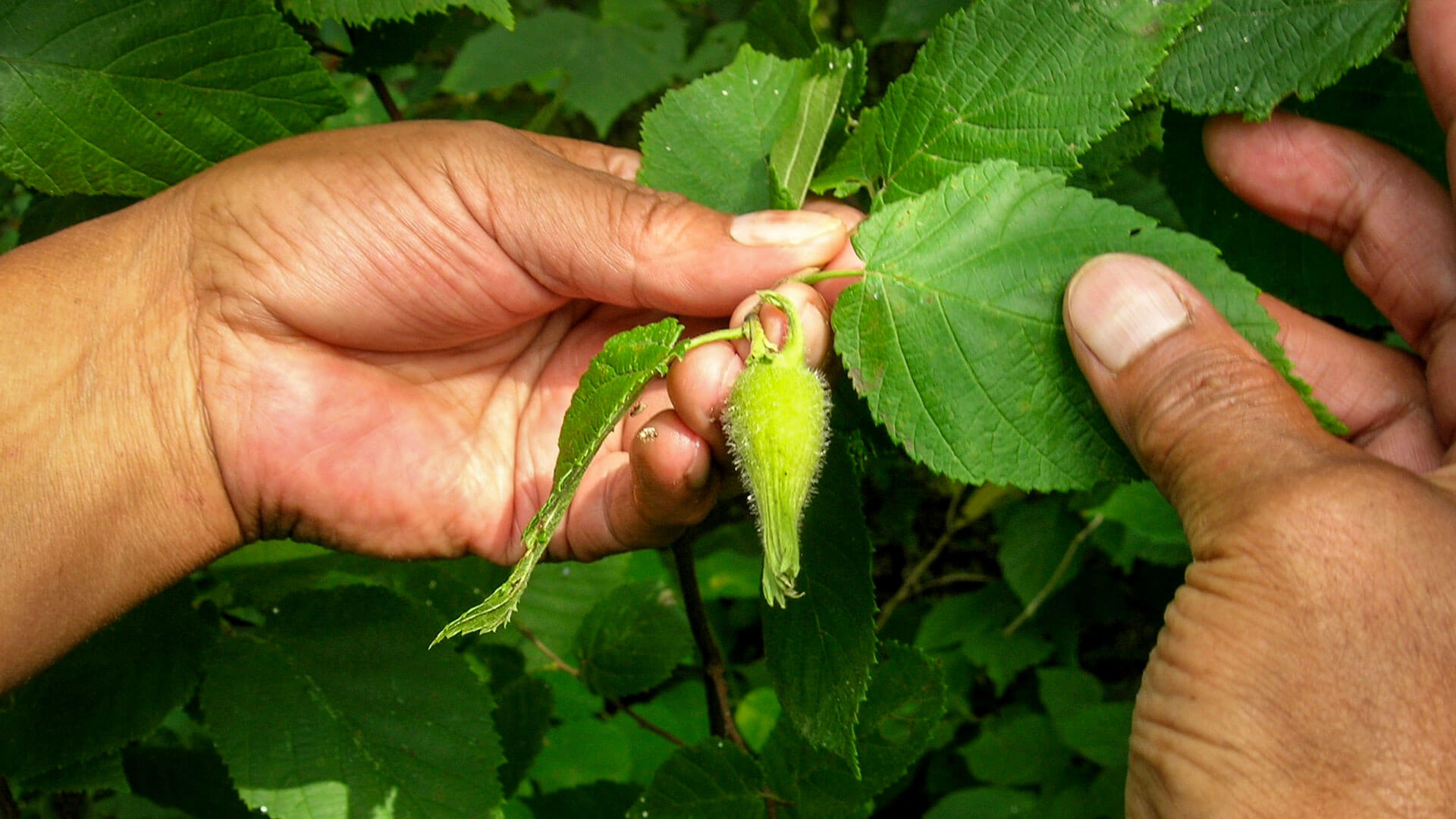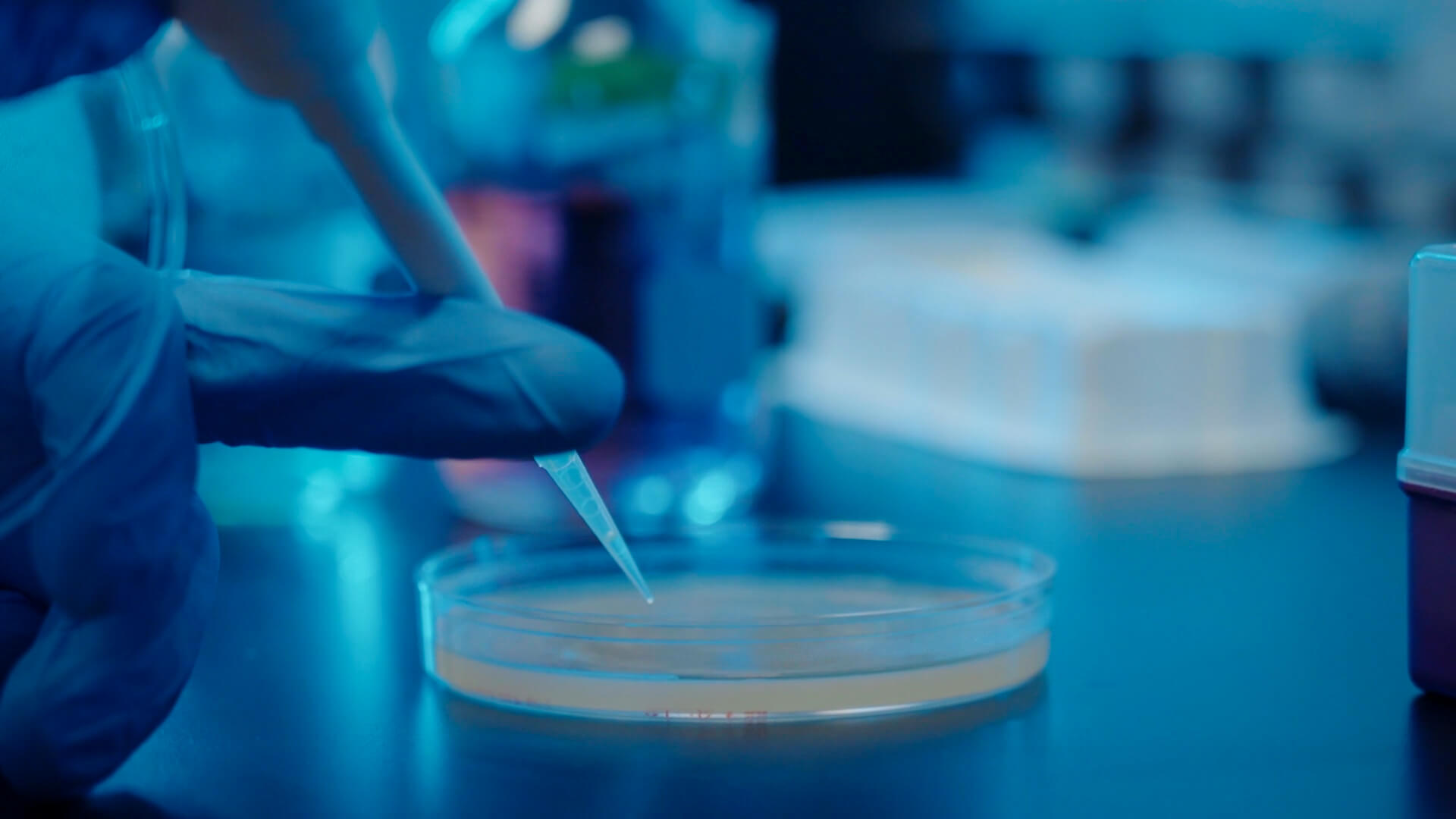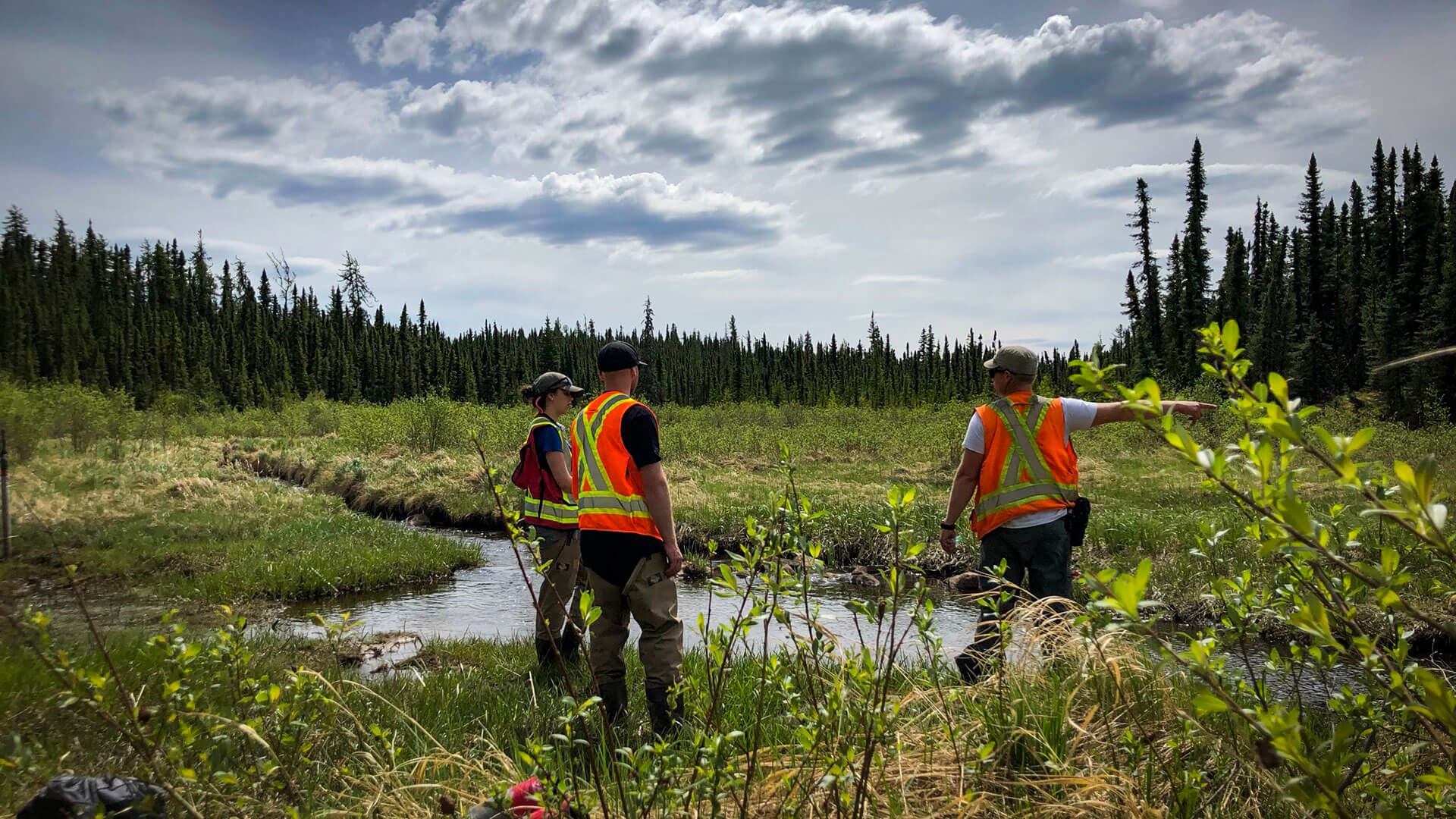Protecting food, water, and ecosystems through research and technology
3 Athabasca University researchers share how they’re working to solve important environmental challenges related to industry and climate change
Every community, from urban centres to family farms, requires access to clean water. But protecting this resource requires knowledge about how environments and ecosystems work, interact, and respond to emerging threats such as climate change.
For Indigenous communities in northern Alberta, understanding how industry impacts water and food sources is the first step toward preserving traditional ways of living.
And for the energy industry, particularly Alberta’s oilsands, new technologies are critical to solving environmental challenges at scale so that communities and ecosystems are not at risk.
Each of these examples represents a challenge that Athabasca University researchers are working to understand. As part of a new video series, Research with Reach, we share how their knowledge can lead to solutions that help build sustainable communities, and with it, transform lives.
Protecting traditional food sources of Indigenous Peoples
Dr. Janelle Baker
Assistant Professor
Cultural Anthropologist
For Dr. Janelle Baker and the First Nations communities she works with, sustainability means food sovereignty and protecting people’s access to food.
Baker has been working with families in Bigstone Cree Nation in northern Alberta to understand how industry and climate change are affecting water sources and traditional bush foods such as game and wild berries. Her research represents an important bridge between academic research and Traditional Knowledge to address a challenge that affects communities everywhere.
“Community members rely on this food source—it’s their main source of food in these regions,” explained Baker. “So we’re actually looking at it from their perspective and their experiences of what they’ve seen change and their concerns, but also partnering with scientists to do testing to monitor the bush food supply for contaminants.”
RELATED: Study will bridge Traditional Indigenous Knowledge, Western science
“Community members rely on this food source—it's their main source of food in these regions. We're actually looking at it from their perspective and their experiences of what they’ve seen change and their concerns …”
– Dr. Janelle Baker, cultural anthropologist

Engineering bacteria to detect oilsands pollutants
Shawn Lewenza
Associate Professor
Microbiologist
Dr. Shawn Lewenza is using his expertise in microbiology to tackle one of the biggest challenges facing Alberta’s oilsands industry: treating polluted water stored in massive tailings ponds.
Specifically, Lewenza is engineering bacteria so it can detect the presence of naphthenic acids, the most common toxin in wastewater used in oilsands mining. He’s also working on ways to use bacteria to treat this polluted water.
“This is a very simple, inexpensive technology,” Lewenza explains. “It’s very high throughput, meaning it’s really well suited to test large numbers of samples, taking advantage of the natural abilities of microbes in the environment. There’s just a huge diversity, and a huge amount of things that we can use to our advantage.”
RELATED: AU researcher engineers microbes to detect oilsands pollutants
“This is a very simple, inexpensive technology. It's very high throughput, meaning it's really well suited to test large numbers of samples, taking advantage of the natural abilities of microbes in the environment.”
– Dr. Shawn Lewenza, microbiologist

Protecting water for future generations
Dr. Scott Ketcheson
Assistant Professor
Canada Research Chair in Hydrological Sustainability
Understanding how water moves through the environment and what that means for the health of ecosystems is critical to their long-term sustainability, and the viability of communities and industries that depend on water availability. Understanding such hydrological process is the focus of Dr. Scott Ketcheson’s work as a Canada Research Chair in Hydrological Sustainability.
“Understanding how water is moving within the landscape allows you to understand what components of the ecosystem are most susceptible to change—be it human or climate-mediated changes,” Ketcheson says. “If we can understand what parts of the system are most sensitive, then we can try to help understand which parts of the system would respond negatively to change.”
RELATED: AU’s Dr. Scott Ketcheson talks impact of heat wave, wildfires on water ecosystems
“Understanding how water is moving within the landscape allows you to understand what components of the ecosystem are most susceptible to change—be it human or climate-mediated changes.”
– Dr. Scott Ketcheson, Canada Research Chair in Hydrological Sustainability
